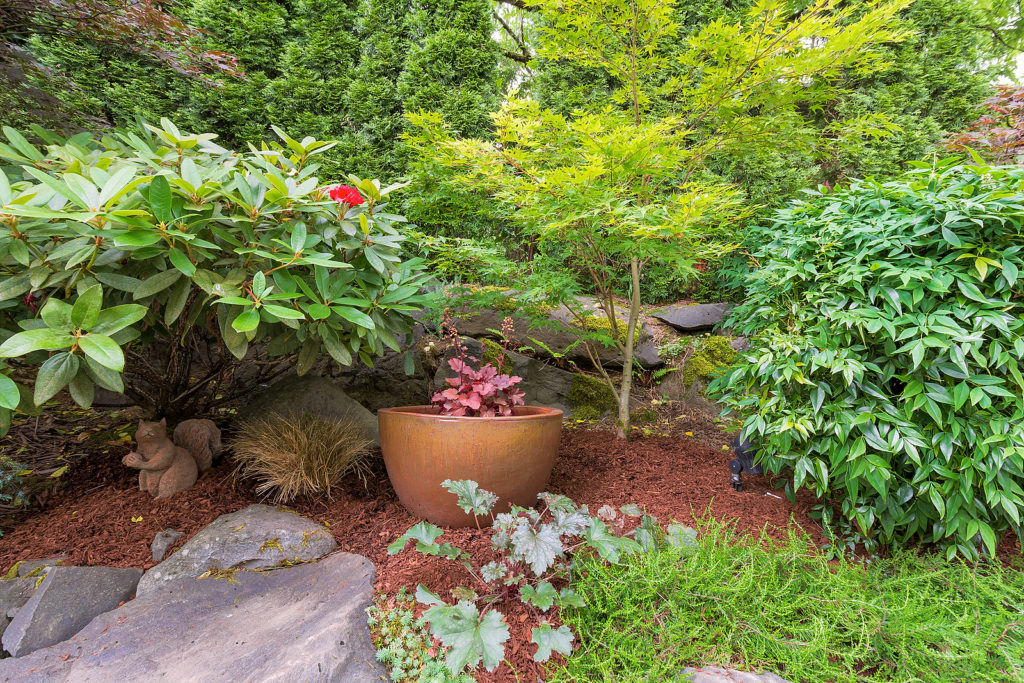Transplanting trees and shrubs is a significant endeavor that requires meticulous planning and execution to ensure plant survival and health. Studies indicate that survival rates for transplanted trees can vary widely, influenced by factors such as species, size, and environmental conditions.
To list just one example, a study in Korea reported a 69% survival rate among 22,521 mature transplanted trees. Conversely, urban transplantation projects have shown lower success rates; in Mumbai, less than 25% of 4,336 transplanted trees survived, and in Delhi, only 41% of 8,508 transplanted trees survived between April and September 2022.
These statistics underscore the complexities involved in tree transplantation and highlight the necessity of adhering to best practices to enhance survival outcomes.
How to Move Trees and Shrubs to a New Home
Relocating established trees and shrubs requires more than brute strength—it’s a strategic process that demands timing, technique, and patience. Whether you’re redesigning your landscape, moving to a new property, or rescuing a beloved plant from construction zones, proper transplanting ensures long-term survival and healthy regrowth.
A Guide to Transplanting Trees and Shrubs
Transplanting woody plants is a physical and horticultural process that requires proper planning and attention to detail. Below are five detailed sections covering how to transplant shrubs and trees and specific tips based on real-world techniques and verified resources.
Moving Shrubs: Timing, Roots, and Soil Care
Transplanting shrubs like nandinas, azaleas, or boxwoods successfully depends on understanding their structure and needs.
Nandina (Heavenly Bamboo)
Nandinas have fibrous, shallow root systems, making them relatively easy to transplant. The best time to move them is in early spring or late fall when they are dormant. Start by watering the plant a day or two in advance to loosen the soil and ease root removal.
Dig a trench about 8–12 inches from the base, depending on the size of the plant, and aim for a root ball around 18–24 inches in diameter for a medium-sized shrub. Be gentle when lifting, and use a tarp to support the roots. Nandinas may drop leaves after transplanting, but this is typically temporary. Keep the root ball moist and replant it quickly into a hole twice as wide as the root ball. Add compost to the backfill and mulch well, avoiding direct contact with the stems.
Azaleas
Azaleas are shallow-rooted and delicate, so they require extra care during relocation. They prefer acidic soil and benefit from being transplanted in the cooler seasons—early spring or fall. Water well before digging to reduce stress and make the soil easier to work with.
Dig in a wide circle around the plant to avoid cutting too many roots. Aim to maintain as much of the root system as possible, keeping the root ball intact. Once lifted, wrap the roots in damp burlap or mulch to keep them hydrated. Replant promptly in a well-drained, acidic soil mix. Azaleas may take a bit longer to re-establish, so water consistently and mulch to retain moisture and regulate temperature.
Boxwood
Boxwoods are hardy and have compact root systems that transplant well when handled with care. Choose a cool, cloudy day in early spring or fall for best results. Water thoroughly in advance to ease digging and reduce shock.
Cut a trench 10–12 inches from the base for smaller boxwoods or farther out for mature ones. Dig down about 12–18 inches to get under the root mass. Once removed, move the shrub on a tarp to its new location. The planting hole should be twice as wide as the root ball and the same depth. Mix in compost with the backfill and firm the soil gently around the roots. Water deeply and mulch, keeping it a few inches away from the trunk to prevent rot.

Tree Transplants: Tools, Techniques, and Aftercare
Tree transplanting is more complex and labor-intensive, especially for specimens taller than 6 feet.
Begin with root pruning several months before the move. Use a sharp spade to sever outer roots in a circle around the tree to encourage compact root growth. For example, a 4-inch caliper tree should have a root ball about 36–42 inches in diameter, and root pruning should occur 6–12 weeks before the transplant.
Choose your timing carefully. Early spring (before bud break) or late fall (after leaf drop) are optimal. Water the tree well the day before transplanting.
Digging up the tree requires precision. Start wide and dig carefully around the root ball. Once it’s loosened, wrap the entire root system in burlap to retain soil and moisture. A dolly or wheelbarrow will be necessary for anything over 4 feet tall.
In the new location, dig a hole that’s twice as wide but only as deep as the root ball to prevent settling. Place the tree so that the root flare is level with or slightly above ground. Backfill with native soil, water deeply, and stake the tree if it’s tall or in a windy location. Remove stakes after the first growing season.
Quick Tips on Soil Preparation for Successful Transplanting
Proper soil prep helps plants settle in and thrive. Start by testing soil pH—most shrubs prefer 6.0 to 7.0. Loosen compacted soil and mix in compost (skip peat moss to avoid pH issues).
Dig a hole twice as wide as the root ball and break up the bottom to support root growth. If drainage is poor, raise the planting area slightly to prevent waterlogging.
Transplanting trees and shrubs can also contribute to ecological preservation by allowing mature plants to be reused in restoration projects or urban greening initiatives, reducing the need for new plantings.
In some regions, professionals now use GPS tagging and root-zone mapping to improve tracking and post-transplant care, especially for heritage trees. As techniques evolve, integrating technology and sustainability can significantly raise survival rates and long-term success.

